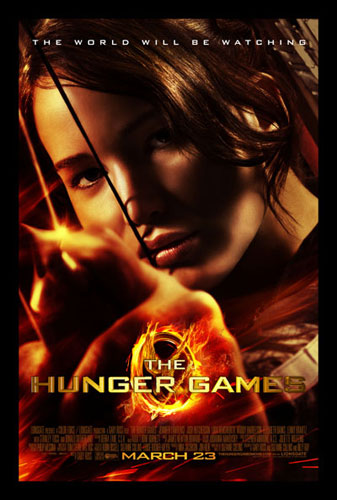
Scholastic, 2011, RRP $18.99
Reviewed by Frances Manfield.
SUZANNE Collins' trilogy The Hunger Games has cemented itself as a must-read in the Young Adult fiction genre, sparking fascination and excitement reminiscent of the Twilight phenomenon.
The movie version of the first book, which shares the name of the trilogy, was cowritten and co-produced by Collins and hit cinemas in March this year.
Following its success, the movie version of the second book, Catching Fire, is due for release in November.
Set in post-apocalyptic North America, the human race resides in the nation of Panem, ruled over by a totalitarian regime who control the outlying districts from within the central metropolis, the Capitol.
The Hunger Games are an annual event, where one boy and one girl are selected via lottery from each of the 12 industrial districts to compete in a televised fight to the death.
The story is told from the perspective of 16-year-old Katniss Everdeen.
When her younger sister's name is drawn at the lottery, Katniss volunteers to take her place.
Katniss remains throughout the trilogy a reluctant hero, a symbol of resistance against an oppressive government.
The second and third books follow Katniss as she copes with the aftermath of having won the Games, and with her subsequent role in the revolution she has inspired.
The books paint a stark picture of dystopia, where the comfort of a few depends on the suffering of many.
But it is not that which is novel or notable about The Hunger Games – nor is it the gladiatorial blood sport, nor even that it is child soldiers who are battling it out.
What is truly provocative in The Hunger Games is how it makes excellent prime-time viewing of violent death.
And of course, the key factor to our enjoyment and acceptance is that it is someone else's child on the screen.
 JourneyOnline
JourneyOnline






